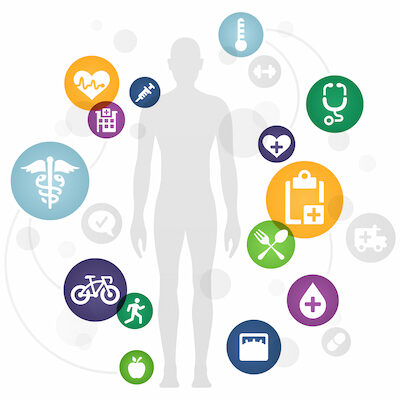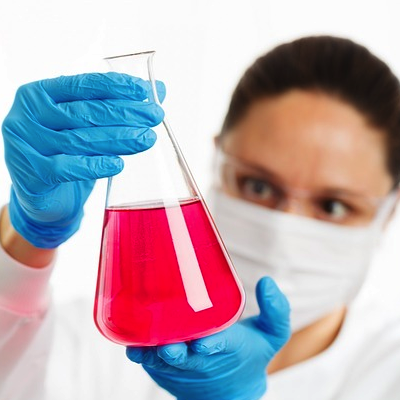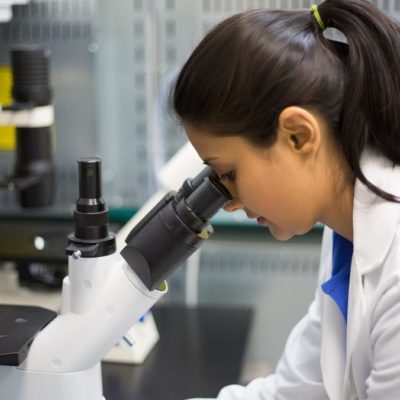Documentation
Phases of Drug Development
Phases of Drug Development
The drug development process typically involves the following phases:
- Discovery and Preclinical Development: During this phase, potential new drugs are identified and evaluated for their safety, efficacy, and potential use in treating a specific disease or condition. This stage involves laboratory and animal studies to gather data on the drug’s safety and efficacy.
- Clinical Development: This phase involves testing the drug in human subjects. Clinical trials are usually conducted in three phases, with each phase building on the previous one to provide increasing amounts of information about the drug’s safety and efficacy.
- Regulatory Approval: If the results of clinical trials are positive, the drug manufacturer will submit a New Drug Application (NDA) to the relevant regulatory agencies (such as the FDA in the US) for review and approval.
- Post-Approval Monitoring: After the drug has been approved and is available for prescription use, the manufacturer is required to monitor its safety and effectiveness, and report any adverse events to the regulatory agency.
- Marketing and Commercialization: If the drug is approved and deemed safe and effective, it can be marketed and sold to patients who have the relevant condition.
It is important to note that the drug development process can be lengthy and costly, and many drugs fail to make it through the various stages of development and into the marketplace.
You may be interested in the programs below:



